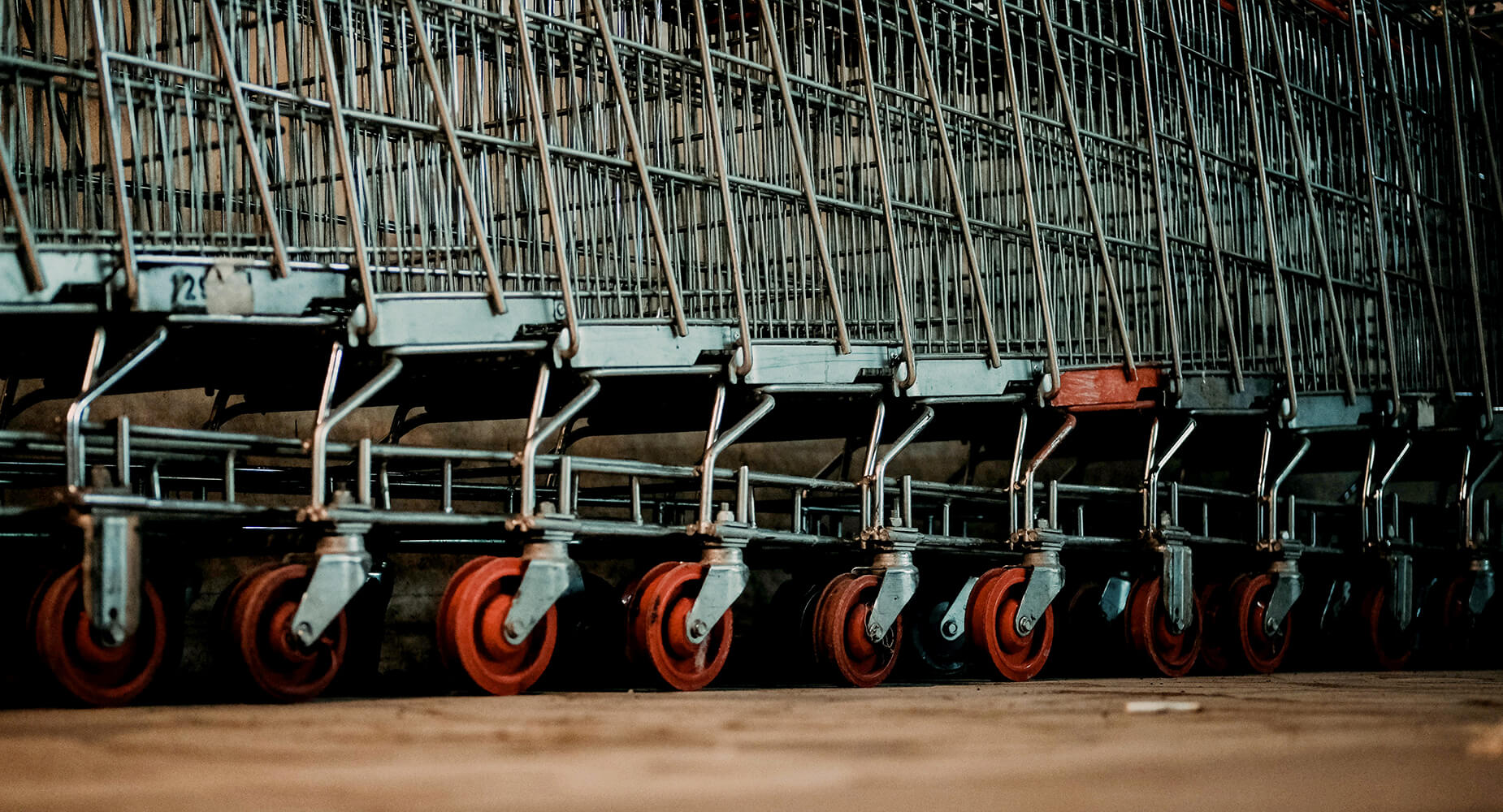Sainsbury’s and Asda make headlines as the big four grocers look set to become the big three. Ed Brown gives his take on what this could mean for Sainsbury’s, Asda and the wider sector.
What happened?
The Big Four grocers are set to become the Big Three, following Sainsbury’s and Asda’s merger announcement yesterday.
The plans, which were leaked by Bloomberg over the weekend, will see Sainsbury’s pay Asda’s American owner Walmart nearly £3bn in cash and a 42% stake in the combined business as part of a £15bn deal.
Why’s it important?
The deal is being framed as a response to the dual threats of an increasing online presence from Amazon and the rapid growth of discount retailers Aldi and Lidl.
The deal means that the combined businesses will now have the largest share of the UK market with 31.4%, leapfrogging Tesco on 27.6%. The combined chains will have almost 2,800 shops, £51bn in revenues, and employ over 342,000 people. This has led to concerns that it will damage competition with the two largest companies set to hold almost 60% of the market.
Sainsbury’s has denied this, and the two chains, with their arguably different customer bases, will preserve their two separate brands.
The supermarket has also countered that by combining their food buying teams, their increased buying power, will deliver a 10% price cut for every-day household items. This however has spooked suppliers, who fear a prize squeeze is on the way.
What’s the reaction been?
The market responded strongly to yesterday’s announcement with a 17% jump in Sainsbury’s share price. Perhaps getting a little over excited, Mike Coupe, Sainsbury’s Chief Executive, was caught singing the less than fortunate song choice ‘We’re in the money’ while waiting to be interviewed on ITV.
Elsewhere the reaction was much more mixed with analysts believing that store closures and ultimately job losses are almost inevitable. Early estimations show that more than one in ten of the supermarket chain’s stores overlap, placing pressure on the Competition and Markets Authority (CMA) to force the two companies to sell off stores.
In Parliament, Labour’s Shadow Business Secretary, Rebecca Long-Bailey, tabled an urgent question raising concerns at the prospect of the creation of a supermarket monopoly, leading to job cuts and unsustainable pressure on suppliers. Meanwhile Andrew Griffiths, the Minister for Small Businesses argued that the businesses were simply ‘future-proofing themselves in a very challenging market’.
Best headline
“Singing grocer fails to calm nerves over Sainsbury’s and Asda merger” – The Times
What’s next?
The merger is unlikely to be completed before the second half of next year, and the deal will have to first undergo significant regulatory scrutiny via a CMA investigation. This is likely to prove a stern test for the CMA’s new Chair, former Conservative MP Andrew Tyrie.
Sainsbury’s will seek to persuade the CMA that there is very minimal overlap, with the two chains having predominantly different geographic bases. But where there is overlap, the expectation is that they will be forced to divest their stores to competitors.
The two chains will also have to be careful to do more than simply hurdle the regulatory challenges. With increasing competition from discounters and online alternative models such as Farm Drop, making sure that they maintain their customer loyalty will require serious and well thought out communications to maintain their brands, while selling the benefits of their merger.
Reflecting more broadly on the rapid changes across the sector, hints and whispers have already begun that the merger might prove the starter gun for a broader realignment. Rumors are swirling that Co-op and Morrisons could soon follow suit…




